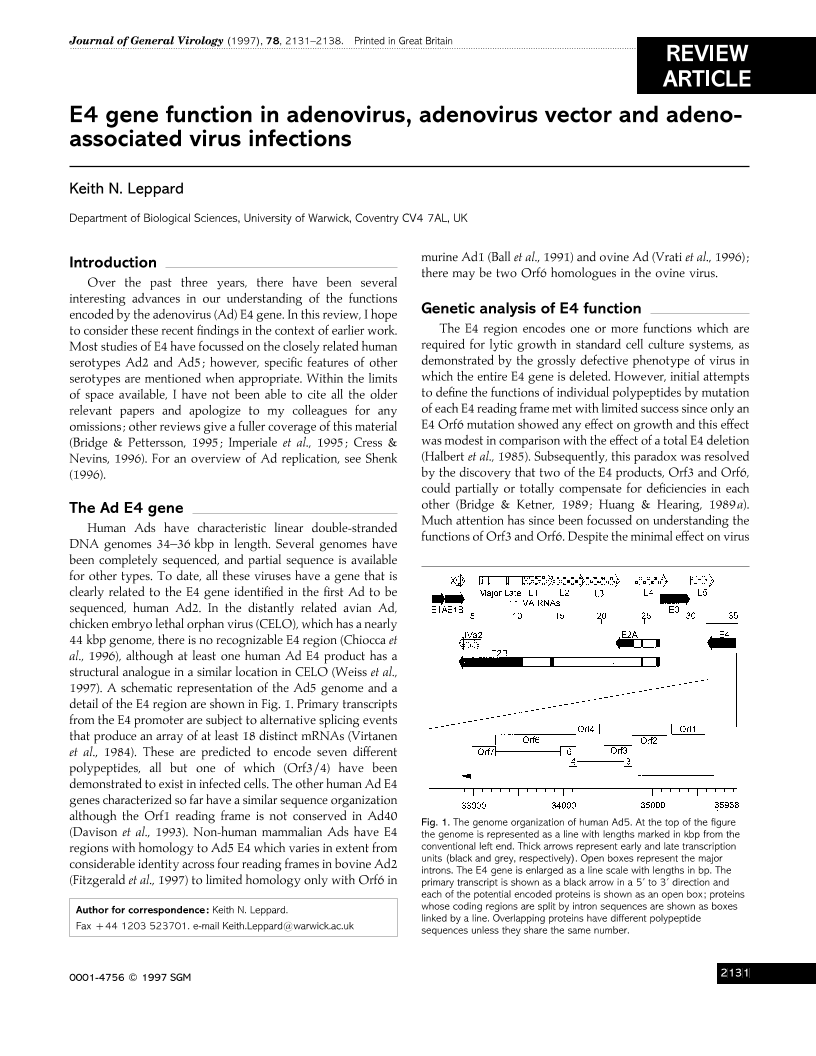
Full text loading...

E4 gene function in adenovirus, adenovirus vector and adeno-associated virus infections, Page 1 of 1
< Previous page | Next page > /docserver/preview/fulltext/jgv/78/9/0782131a-1.gif
There is no abstract available.

Article metrics loading...

Full text loading...
References


Data & Media loading...
